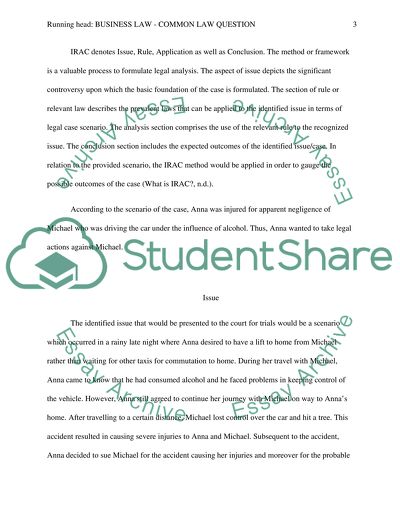Cite this document
(“Business Law - common law question Essay Example | Topics and Well Written Essays - 3000 words”, n.d.)
Retrieved from https://studentshare.org/law/1400979-business-law-common-law-question
Retrieved from https://studentshare.org/law/1400979-business-law-common-law-question
(Business Law - Common Law Question Essay Example | Topics and Well Written Essays - 3000 Words)
https://studentshare.org/law/1400979-business-law-common-law-question.
https://studentshare.org/law/1400979-business-law-common-law-question.
“Business Law - Common Law Question Essay Example | Topics and Well Written Essays - 3000 Words”, n.d. https://studentshare.org/law/1400979-business-law-common-law-question.


